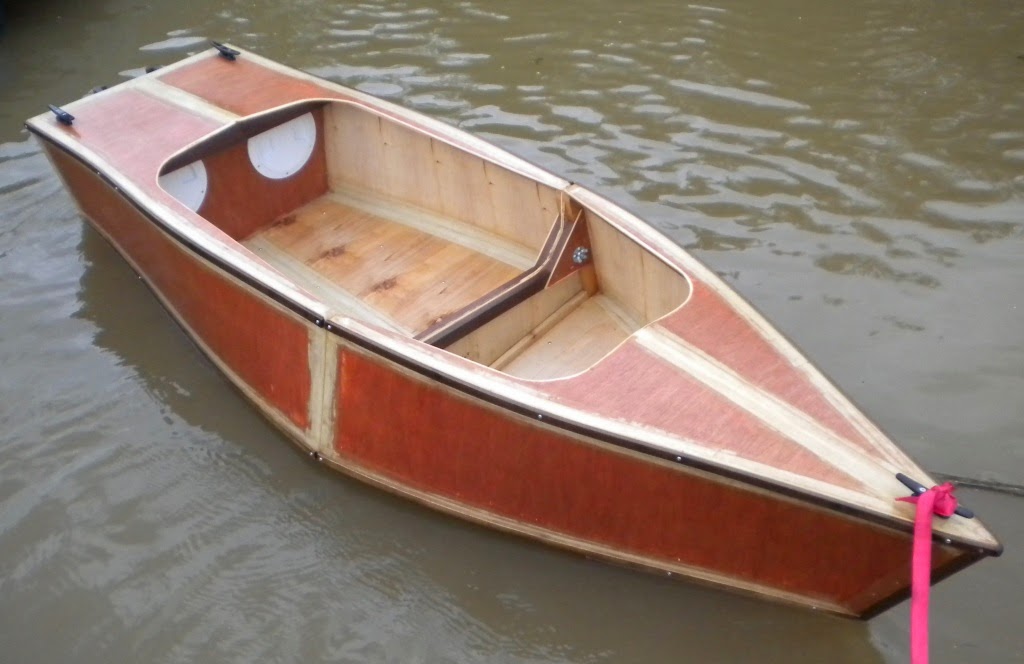
Sustainable Plywood Boat Plans: Charting a Greener Course
Building a boat is a labor of love, a testament to human ingenuity and craftsmanship. But what if we could build that boat with a lighter footprint, minimizing environmental impact while maximizing our connection to nature? This article dives into the often-overlooked aspects of sustainable plywood boatbuilding, going beyond the basics to explore innovative solutions and exciting possibilities for eco-conscious builders.
Beyond the Bamboo: Untapped Sustainable Materials
We often hear about bamboo plywood as the sustainable alternative. While it's a fantastic option, let's broaden our horizons. What other sustainable materials can we incorporate?
Q: Are there sustainable alternatives to traditional plywood veneers?
A: Absolutely! Research into utilizing recycled materials is gaining traction. Imagine plywood veneers made from recycled paper, agricultural waste (like hemp hurds), or even reclaimed wood from responsibly managed forests. The key is finding sources that prioritize closed-loop systems and minimal processing. While still in its developmental stages for widespread boatbuilding use, this area offers significant potential. Further research into the bonding agents used with these recycled materials is crucial to ensure long-term durability and environmental safety. (Source: Ongoing research at various universities focusing on composite materials. Specific studies need to be referenced when available)
Q: How can we minimize the use of toxic resins and glues?
A: Traditional marine plywood often relies on resins containing formaldehyde or other volatile organic compounds (VOCs). The search for bio-based alternatives is paramount. Several companies are developing glues from plant-based sources, and research into natural oils and resins as bonding agents continues. However, careful consideration is needed as the durability and water resistance of these alternatives need to meet the rigorous demands of marine environments. (Source: Various manufacturers of bio-based adhesives, data needs to be cited from specific companies upon release of relevant products).
Designing for Longevity and Recyclability
Building a sustainable boat isn't just about the materials; it's about the design's lifespan and its eventual end-of-life management.
Q: How can boat design improve the boat's longevity and minimize repairs?
A: Smart design choices can significantly impact a boat's lifespan. This includes using robust joinery techniques, incorporating easily replaceable parts, and prioritizing designs that are inherently less prone to damage. For example, a well-designed hull shape can reduce stress points and improve its resistance to impact damage. Thinking about the entire lifecycle, from design to disposal, is key. (Source: Principles of Naval Architecture, various textbooks and design guides)
Q: What are the possibilities for boat disassembly and recycling at the end of its life?
A: Design for disassembly is a relatively new concept applied to boats. This involves creating a boat that can be easily taken apart at the end of its useful life, allowing for the recovery and reuse of individual components or materials. This reduces waste to landfill and creates a circular economy model. This approach may involve the use of standardized fasteners or modular construction. (Source: Research on circular economy principles within the manufacturing industry)
The Story of the "Sea Change": A Case Study
Imagine a small community in Maine dedicating itself to building a fleet of sustainable plywood boats. This isn’t a far-fetched idea. Let’s call it "The Sea Change" project. This community could source reclaimed lumber, partner with local researchers developing bio-based adhesives, and implement a shared workshop promoting skills training and collaboration. The resulting boats would not only be beautiful examples of sustainable craftsmanship but would also serve as living laboratories, demonstrating the viability and desirability of eco-friendly boatbuilding. The project could also establish a community-based recycling and reuse program for the boat's components after their useful lifespan.
Conclusion: Sustainable plywood boatbuilding is more than just a trend; it's a necessary shift toward responsible manufacturing. By embracing innovation in materials, design, and lifecycle management, we can build boats that are both beautiful and environmentally conscious. Let’s sail into a greener future, one sustainably built boat at a time.

0 comments:
Post a Comment